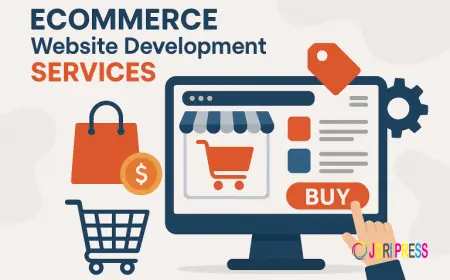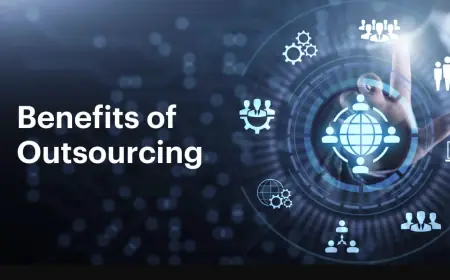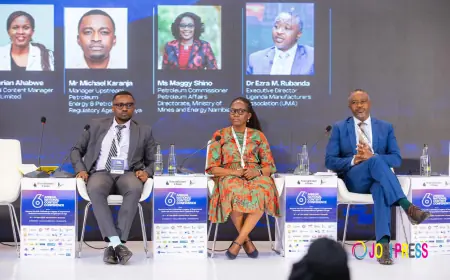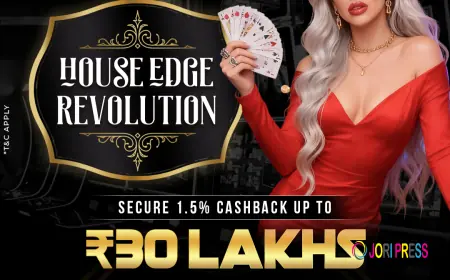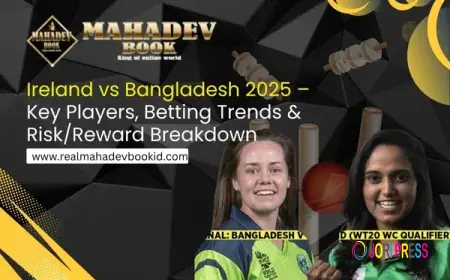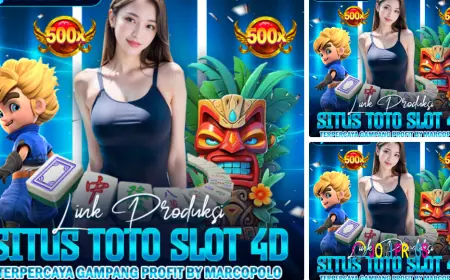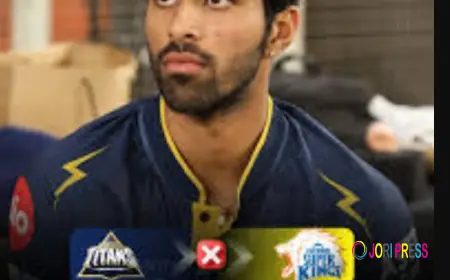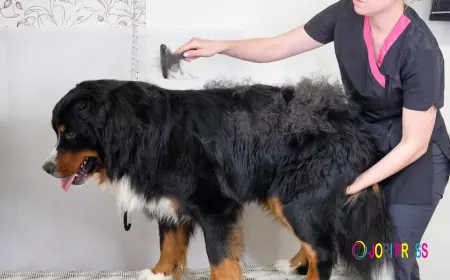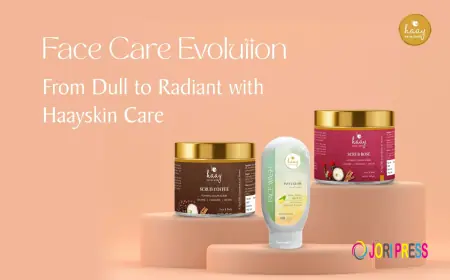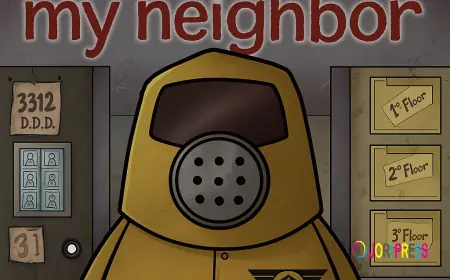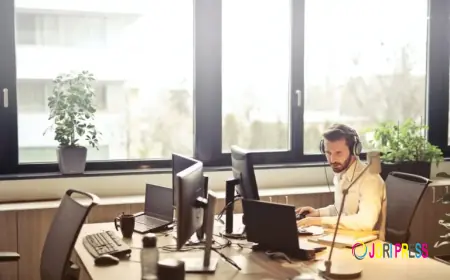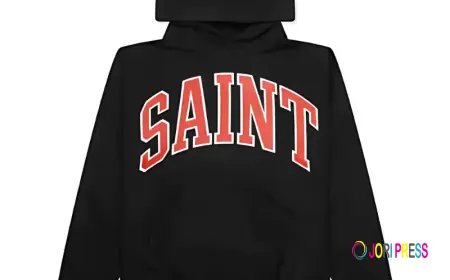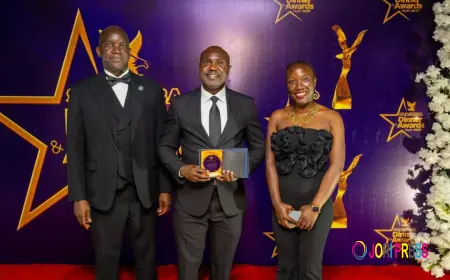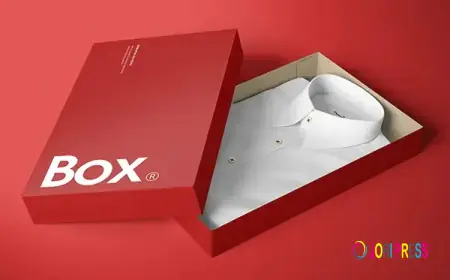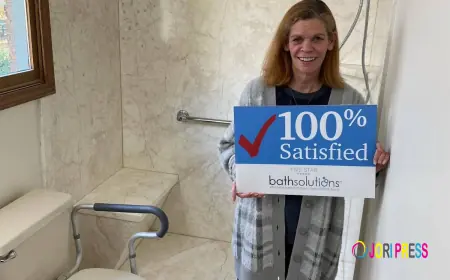Vector Graphics and the Future of Modern Creative Design
Discover Our Award-winning Embroidery Digitizing & Vector Art portfolio and get instant inspiration. Request a Free Quote Now.
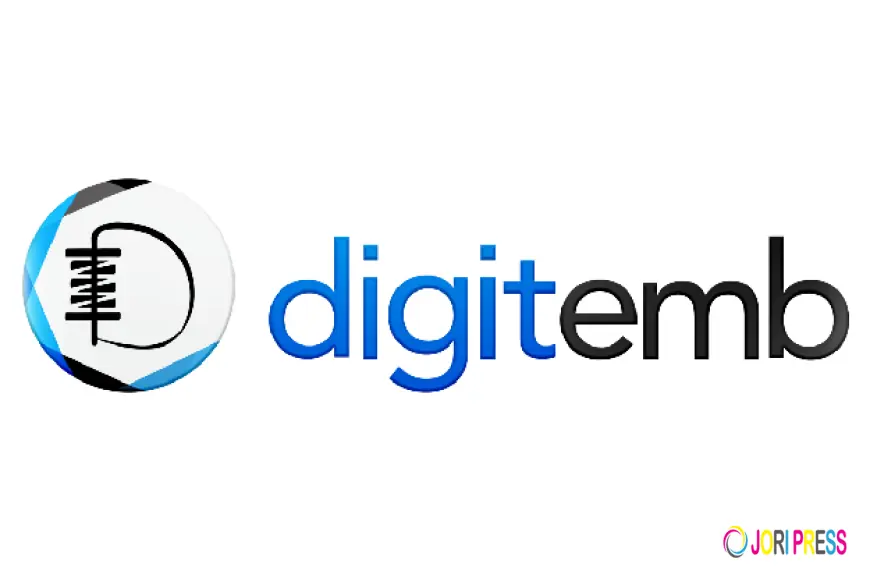
The modern world relies heavily on visual communication. Whether people are scrolling on social media, shopping online, watching tutorials, or looking at printed materials, visuals influence their decisions instantly. Audiences expect sharp, readable, and polished artwork everywhere. As a result, designers need tools that offer flexibility, precision, and consistency. This rising demand for clarity has made vector graphics one of the most essential elements in digital and physical design. Their ability to remain crisp at any scale allows creators to meet the expectations of today’s visually driven world.
Why Brands Rely on Scalable, Consistent Artwork
A strong brand identity is built on consistency. Logos, icons, and illustrations must look the same whether viewed on a small phone screen or a massive billboard. When visuals appear blurry or distorted, they weaken the brand’s message and make it look unprofessional. Customers quickly notice inconsistencies, which can reduce trust and recognition.
Scalable artwork protects a brand’s identity by ensuring perfect clarity at all sizes. It allows businesses to maintain the same visual appearance across websites, packaging, signage, uniforms, merchandise, and printed advertising. This level of consistency strengthens recognition and gives customers confidence in the brand’s professionalism.
Digital Platforms Demand High-Quality Visual Flexibility
The digital world is constantly expanding. New devices, screen dimensions, and display technologies appear every year. Designers cannot manually create separate versions of artwork for every situation. They need visuals that automatically adapt without breaking, blurring, or losing details.
Scalable artwork provides this flexibility. It ensures:
-
Crisp icons for apps and interfaces
-
Sharp images for high-resolution displays
-
Clean social media graphics
-
Faster website loading due to smaller file sizes
-
Clear visuals even when resized automatically by platforms
Users respond better to content that looks clean and organized. Sharp visuals help brands communicate more effectively and create a better user experience overall.
Production Industries Depend on Precision and Clean Lines
Beyond digital screens, many industries rely on artwork for physical production. Embroidery digitizing, vinyl cutting, engraving, screen printing, and laser cutting all require clean, precise outlines. Machines do not interpret pixels—they follow defined paths. Low-quality artwork often leads to production issues.
Common problems include:
-
Jagged edges
-
Uneven stitching
-
Misaligned cuts
-
Missing details
-
Poor print quality
Scalable artwork eliminates these issues by providing mathematically perfect shapes. This ensures machines produce clean, accurate results, improving the final quality of products such as apparel, signage, promotional items, and packaging.
Large-format printing also depends heavily on scalability. Banners, posters, vehicle wraps, and building signs require artwork that can expand significantly without losing clarity. Only scalable visuals perform well at these sizes.
Scalable Illustration Supports Creative Efficiency
Artists and designers benefit from scalable illustration because it gives them complete creative control. They can modify color palettes, adjust proportions, change shapes, and refine details without starting over or damaging quality. This flexibility speeds up the design process and allows more experimentation.
Scalable illustration is widely used in:
-
Brand design
-
Marketing campaigns
-
Educational materials
-
Character design
-
Web and app interfaces
-
Infographics and diagrams
-
Packaging concepts
-
Animation and motion graphics
Its clean and modern aesthetic aligns perfectly with today’s design trends and helps audiences understand complex ideas more easily.
Vector Conversion Modernizes Outdated Artwork
Many businesses still rely on artwork created years ago. These files may be low-resolution, scanned from old prints, or designed in outdated formats. While they hold brand history, they cannot be used in today’s high-quality digital or production standards.
Vector conversion revives these designs by transforming them into clean, scalable artwork. The updated design:
-
Matches the original appearance
-
Gains full scalability
-
Works for printing, embroidery, signage, and digital platforms
-
Strengthens the brand’s professional quality
-
Extends the lifespan of legacy artwork
This process helps companies modernize visually without losing the identity their audience already knows.
About Tahseen Islam
Tahseen Islam is a visionary entrepreneur, podcaster, and respected industry leader known for shaping the modern fields of embroidery digitizing, vector conversion, and custom patch development. As the owner of DigitEMB, he has established a global reputation for delivering precise, high-quality artwork solutions for brands, creators, and production houses. His leadership blends innovation with craftsmanship, inspiring creative teams to adopt scalable design standards and forward-thinking visual strategies. Through his dedication and industry insight, he continues to elevate the quality of digital artwork and production excellence worldwide.
Conclusion: A Future Designed Through Flexibility
As digital and physical platforms continue to evolve, the need for clear, adaptable, and reliable artwork becomes even more important. Brands, creators, and manufacturers depend on visuals that maintain sharpness across all environments. This is why vector graphics remain a cornerstone of modern design. Their accuracy, scalability, and long-term consistency allow visuals to communicate with confidence—forming the foundation for a future where quality and clarity are essential.
What's Your Reaction?
 Like
0
Like
0
 Dislike
0
Dislike
0
 Love
0
Love
0
 Funny
0
Funny
0
 Angry
0
Angry
0
 Sad
0
Sad
0
 Wow
0
Wow
0




